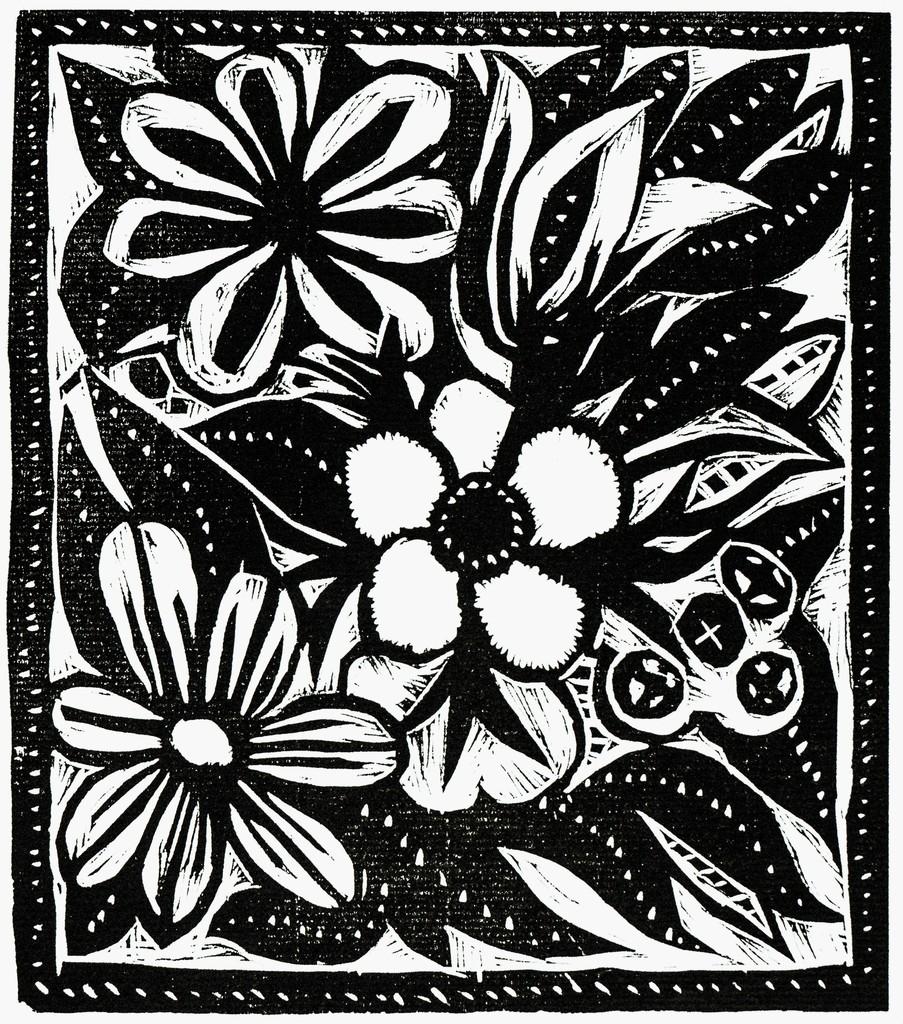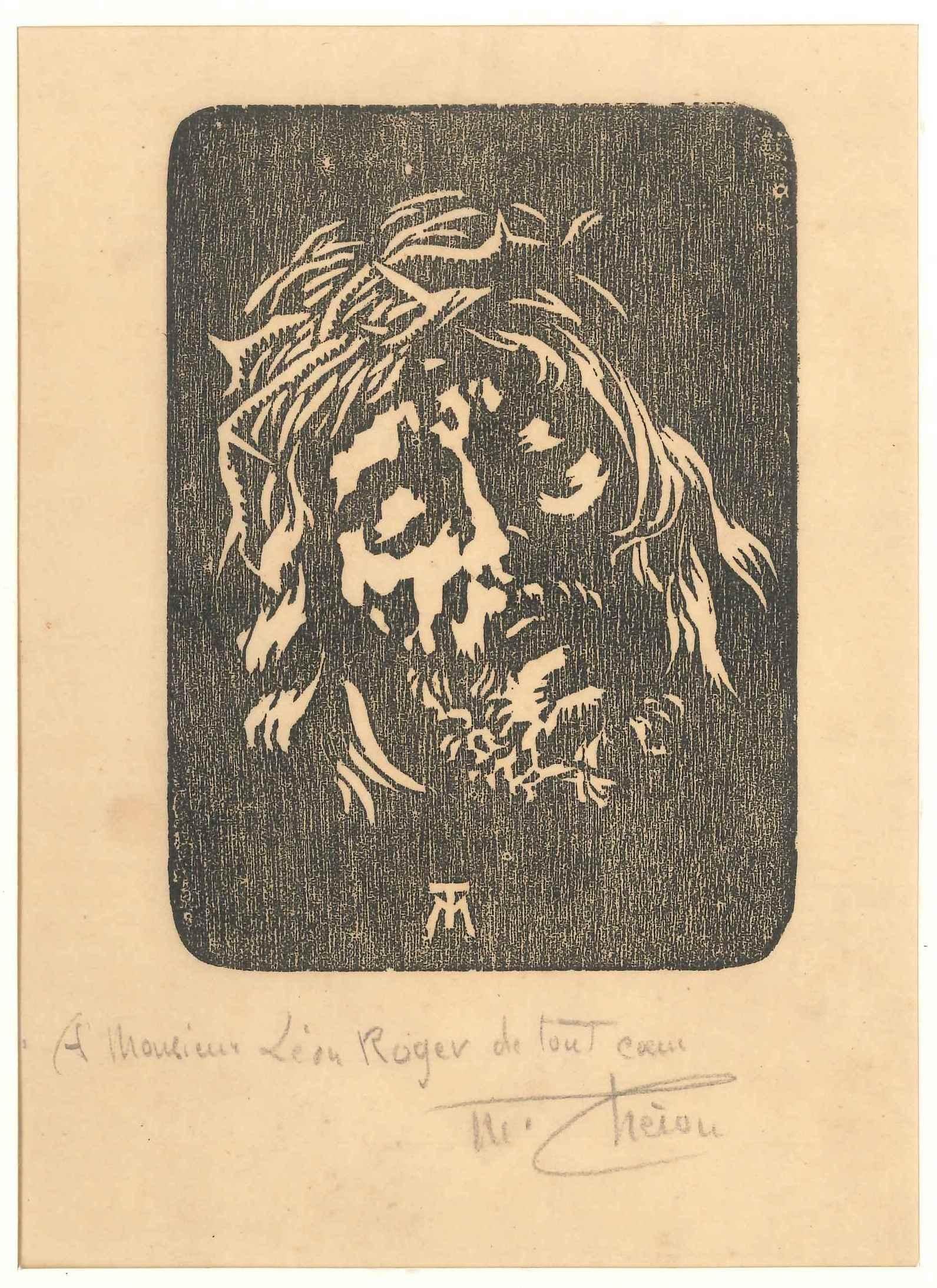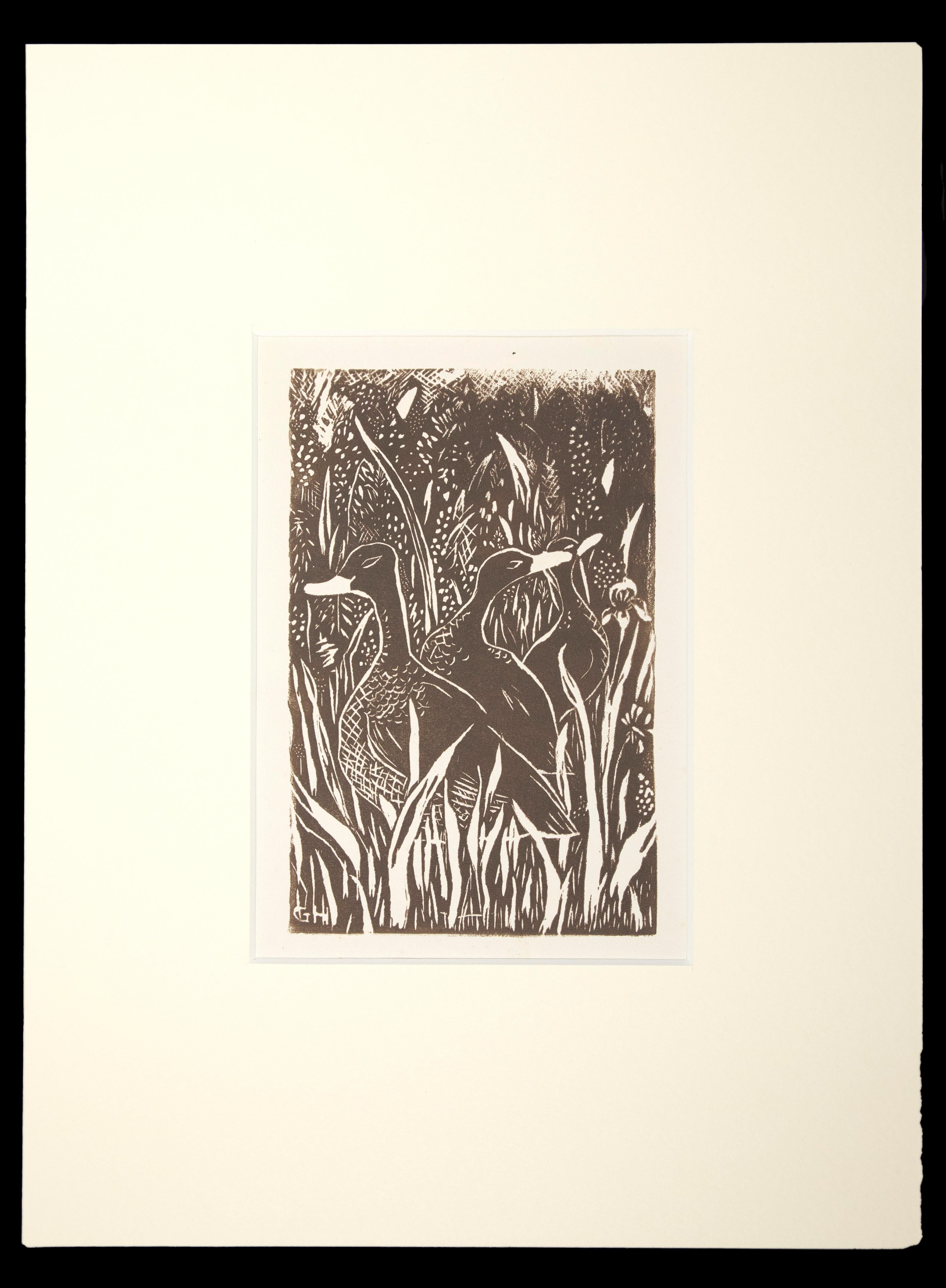Items Similar to "Yanagibashi in Snow, " Color Woodcut Portrait with Umbrella
Want more images or videos?
Request additional images or videos from the seller
1 of 5
Utagawa Kunisada (Toyokuni III)"Yanagibashi in Snow, " Color Woodcut Portrait with Umbrellacirca 1820s
circa 1820s
About the Item
"Yanagibashi in Snow" is an original color woodcut by Utagawa Kunisada. This woodblock print depicts a woman walking in the snow near the Motoyanagi canal, which was located in Tokyo. As the area surrounding the canal had a lot of medicine shops, the area was called Yagenbori, referring to both the pharmacist’s mortar and pestle and the canal. In 1903 the canal was filled in, but the district name remained until 1971, when it was incorporated into a neighboring district of Tokyo. Today the canal lives on only in artworks such as this one, done by Kunisada Utagawa, an artist that would later take on the name of his master and become Toyokuni III. This piece was allegedly part of a triptych, but no examples of the other two pieces exists, and this appears to be the most popular part of the triptych, with copies held by the United States Library of Congress and the Austrian Museum of Applied Arts.
14" x 10" art
21" x 16 7/8" frame
Utagawa Kunisada (1786 – January 12, 1865) (also known as Utagawa Toyokuni III) was the most popular, prolific and financially successful designer of ukiyo-e woodblock prints in 19th-century Japan. In his own time, his reputation far exceeded that of his contemporaries, Hokusai, Hiroshige and Kuniyoshi.
He was born in 1786 in Honjo, an eastern district of Edo. His given name was Sumida Shogoro IX, and he was also called Sumida Shozo
While growing up, he developed an early talent for painting and drawing. His early sketches at that time impressed Toyokuni, the great master of the Utagawa school and prominent designer of kabuki and actor-portrait prints. In the year 1800 or shortly thereafter Kunisada was accepted by Toyokuni I as an apprentice in his workshop. In keeping with a tradition of Japanese master-apprentice relations, he was then given the official artist name of "KUNI-sada", the first character of which was derived from the second part of the name "Toyo-KUNI".
Almost from the first day of his activity, and even at the time of his death in 1865, Kunisada was a trendsetter in the art of the Japanese woodblock print. Always at the vanguard of his time, and in tune with the tastes of the public, he continuously developed his style, which was sometimes radically changed, and did not adhere to stylistic constraints set by any of his contemporaries. His productivity was extraordinary. Approximately 14,500 individual designs have been catalogued (multi-ptych sets counted as a single design) corresponding to more than 22,500 individual sheets.
Following the traditional pattern of the Utagawa school, Kunisada's main occupation was kabuki and actor prints, and about 60% all of his designs fall in this category. However he was also highly active in the area of bijin prints (comprising about 15% of his complete works), and their total number was far higher than any other artist of his time. From 1820 to 1860 he likewise dominated the market for portraits of sumo wrestlers. For a long time (1835–1850) he had an almost complete monopoly on the genre of prints related to The Tale of Genji; it was only after 1850 that other artists began to produce similar designs.
- Creator:Utagawa Kunisada (Toyokuni III) (1786-1864, Japanese)
- Creation Year:circa 1820s
- Dimensions:Height: 21 in (53.34 cm)Width: 16.875 in (42.87 cm)
- Medium:
- Period:
- Framing:Frame IncludedFraming Options Available
- Condition:
- Gallery Location:Milwaukee, WI
- Reference Number:
Utagawa Kunisada (Toyokuni III)
Born in the Honjo district of Edo as Kunisada Tsunoda, Kunisada’s family owned a small hereditary ferryboat service. Though his father, an amateur poet, died when Kunisada was a child, the family business provided some financial security. During his childhood, he showed considerable promise in painting and drawing. Due to strong familial ties with literary and theatrical circles, he spent time studying actor portraits. At age 14, he was admitted to study under Toyokuni, head of the Utagawa school. Kunisada's work embodies the characteristics of the Utagawa school, focusing on traditional subjects such as kabuki, bijin (beautiful women), shunga (erotic prints), and historical prints. His first known print dates to 1807, his first illustrated book to 1808. Kunisada’s career took off from the beginning. Many of his works became overnight successes and he was considered the “star attraction†of the Utagawa school. He signed his works “Kunisada,†sometimes with the studio names of Gototei and Kochoro affixed. In 1844, he adopted the name of his teacher and became Toyokuni III. Kunisada passed away in 1864 in the same neighborhood that he was born. He was 70 years old. Kunis
About the Seller
4.9
Platinum Seller
These expertly vetted sellers are 1stDibs' most experienced sellers and are rated highest by our customers.
Established in 1966
1stDibs seller since 2017
393 sales on 1stDibs
Typical response time: 2 hours
- ShippingRetrieving quote...Ships From: Milwaukee, WI
- Return PolicyA return for this item may be initiated within 14 days of delivery.
More From This SellerView All
- 16th century woodcut biblical print figurative cross angel clouds ink smallBy Virgil SolisLocated in Milwaukee, WIThis woodcut print, depicting the 'Agony in the Garden,' is a rare image coming from a small passional. A passional is a common kind of devotional ...Category
16th Century Northern Renaissance Figurative Prints
MaterialsPaper, Woodcut
- "Sierra Madre, " Original Color Woodblock Nude signed by Carol SummersBy Carol SummersLocated in Milwaukee, WI"Sierra Madre" is a color woodblock signed by Carol Summers. As suggested by the title, the print teeters the line between Summers' fanciful landscapes an...Category
1970s Abstract Expressionist Figurative Prints
MaterialsWoodcut
- 19th century woodcut engraving print figurative American forest trees sceneBy Winslow HomerLocated in Milwaukee, WIThe present woodcut engraving is an original print designed by Winslow Homer, originally published in Harper's Weekly on April 30, 1859. It is an excellent example of the many prints Homer produced of fashionable people engaged in leisurely activities, in this case along a picturesque countryside lane. The sign reading 'Belmont' on the left indicates this is probably near his home in Belmont Massachusetts. The image presents multiple figures, both men and women, riding horseback: Some in the distance gallop away, toward a town marked by a church steeple beyond. Three others in the foreground, including two equestrian women, gather around a group of children who have been gathering flowers and trapping birds...Category
1850s Victorian Figurative Prints
MaterialsEngraving, Woodcut
- 'Merry Christmas' original color woodcut on paper, signed in blockBy Sylvia SpicuzzaLocated in Milwaukee, WIArt: 5 1/2 x 4 3/8" Frame: 10 1/8 x 8 1/8" Original color woodcut on paper, signed in block. Born in 1908, Sylvia Spicuzza was the daughter of noted painter Francesco Spicuzza. Sylvia devoted herself to teaching art to the students of Lake Bluff...Category
1950s Figurative Drawings and Watercolors
MaterialsWoodcut
- "Gonta and Osato, Walking Beauty in Winter Eve, " Japanese Color WoodcutBy Utagawa Toyokuni IILocated in Milwaukee, WIThis woodblock print depicts two characters from the play Godairiki Koi no Fujime, Igami no Gonda and Koman, a Geisha. The play tells the story of Koman, who is in love with the nob...Category
1850s Figurative Prints
MaterialsWoodcut
- "Tokijiro, Midori, and Katsumi, " a Color WoodcutBy KuniyoshiLocated in Milwaukee, WI"Tokijiro, Midori, and Katsumi" is an original Japanese color woodcut by the artist Kuniyoshi. It was created in 1851 and depicts a scene from the play "Akegarasu Hana no Nureginu" (...Category
1850s Figurative Prints
MaterialsWoodcut
You May Also Like
- "The Football Player, " Woodcut Print on Rice Paper by Leonard BaskinBy Leonard BaskinLocated in Long Island City, NYThis woodcut print was created by American artist Leonard Baskin. Baskin is well known for his somewhat grotesque, intricate, surreal drawings and natural subject matter. This print ...Category
1950s Surrealist Figurative Prints
MaterialsWoodcut, Rice Paper
- Iris at DuskLocated in San Francisco, CAThis artwork titled "Iris at Dusk" 1980 is an original color woodblock print with embossing by American artist Daniel Joshua Goldstein, b.1950....Category
Late 20th Century American Realist Landscape Prints
MaterialsWoodcut
- Ballade du Pauvre Macchabé Mal Enterre - 1910s - André Derain - WoodcutsBy André DerainLocated in Roma, ITLimited edition of 125 copies, including 6 original woodcuts by André Derain, 4 of whch out of text and full page. Realised by the poet René Dalize, friend of Guillaume Apollinaire a...Category
1910s Modern More Art
MaterialsPaper, Woodcut
- The Parrot - Original Woodcut by Unknown French ArtistLocated in Roma, ITThe Parrot is an original xilograph on paper realized by an anonymous artist in the XX century. Including a white cardboard passepartout: 69 x 49 cm. Monogram of the artist (AP) on ...Category
Early 20th Century Modern Animal Prints
MaterialsWoodcut
- Portrait of Jesus - Woodcut by Max Théron - Early 1900By Max ThéronLocated in Roma, ITPortrait of Jesus is an original artwork realized by Max Théron in the first years of the 20th Century. Woodcut print on paper. Hand-signed in penc...Category
Early 1900s Modern Figurative Prints
MaterialsWoodcut
- Ducks - Woodcut by Giselle Halff - Mid 20th centuryBy Giselle HalffLocated in Roma, ITDucks is an original woodcut print realized by Giselle Halff. Good condition, no signature. Included a white cardboard passpartout (39x29 cm).Category
Mid-20th Century Modern Figurative Prints
MaterialsWoodcut
Recently Viewed
View AllMore Ways To Browse
Falling Snow
All Japanese Woodblock Prints
Japanese Edo Woodcut
1835 Portrait
The Pharmacist
Japanese Art Print 1920
Designer Umbrella
Antique Apprentice Piece
Woodblock Portrait
Japanese Woodblock Print Antique Original Prints
Umbrella Prints
Pharmacist Art
Hokusai Woodblock Prints
Austrian Woodcut
Kunisada Utagawa
Japanese Woodblock Portrait
The Pharmacist Print
Japanese Print Triptych




